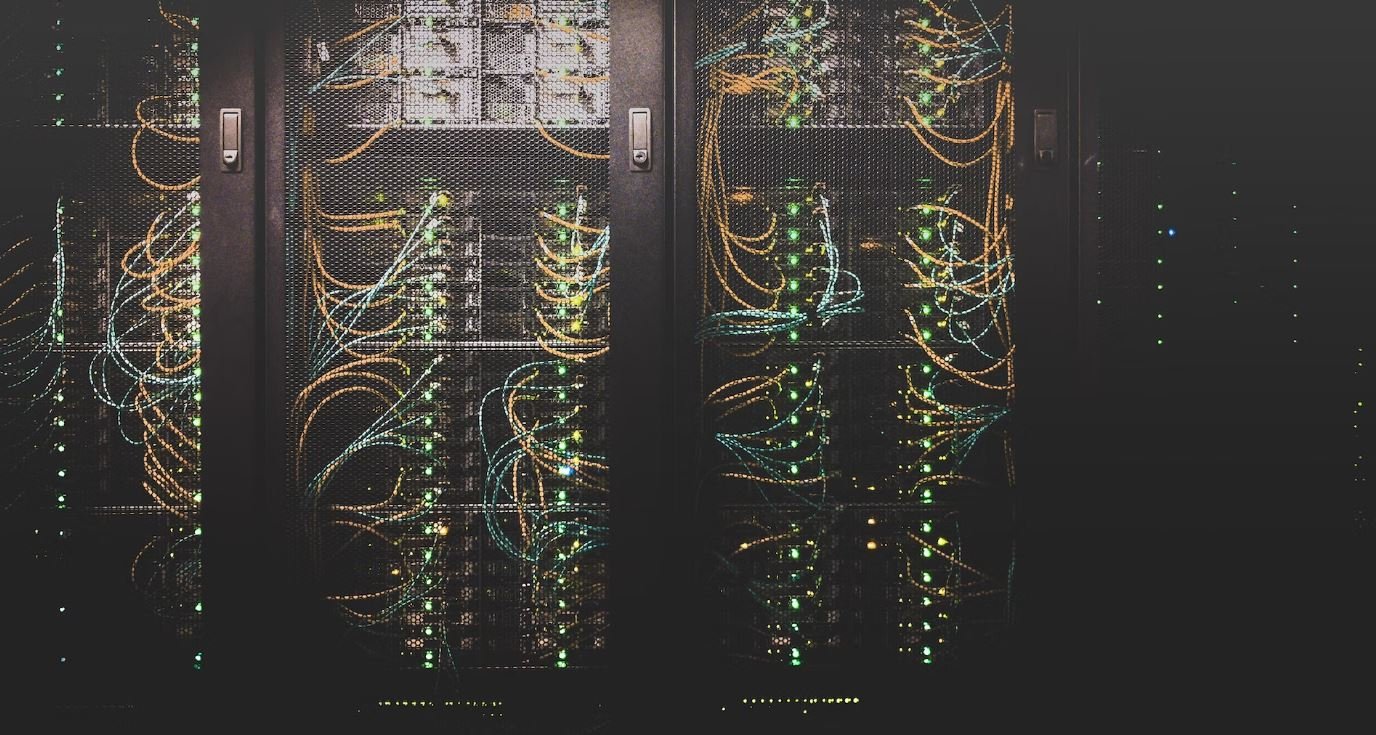Production Function Economics
The production function is a fundamental concept in economics that relates inputs to outputs in the production process, providing insights into the relationship between resources, technology, and output levels.
Key Takeaways:
- The production function describes the relationship between inputs (e.g. labor, capital) and outputs (e.g. goods, services) in the production process.
- The production function is commonly depicted as a mathematical equation or table.
- It helps analyze and optimize production processes by determining the most efficient allocation of resources.
- Factors of production, such as labor and capital, play a crucial role in the production function.
- Technological advancements can lead to increases in output even with unchanged levels of inputs.
Understanding the Production Function
The production function is a mathematical representation of the relationship between inputs and outputs in a production process. *It allows economists to analyze the efficiency and productivity of production processes by examining the relative contributions of different factors of production.
The production function can take various forms, including:
- Linear: Y = a + bX, where Y represents output, X represents input, and a and b are constants.
- Power: Y = aX^b, where a and b are constants indicating the degree of input-output relationship.
- Cobb-Douglas: Y = aX1^b1 X2^b2, where X1 and X2 represent two different inputs with corresponding constants a, b1, and b2.
The Role of Factors of Production
Factors of production are the resources used to produce goods and services. They include labor, capital, land, and entrepreneurship. *Labor refers to the physical and mental effort involved in the production process, while capital represents the machinery, equipment, and infrastructure used in production.
| Factor of Production | Description |
|---|---|
| Labor | Physical and mental effort involved in production. |
| Capital | Machinery, equipment, and infrastructure used in production. |
| Land | Natural resources utilized in production, including land and raw materials. |
| Entrepreneurship | Ability to take risks, innovate, and organize resources to initiate and manage production. |
The production function shows how the combination of these factors influences output.
Technological Advancements and the Production Function
Technological advancements play a significant role in the production function by increasing efficiency and allowing for higher output levels with the same amount of inputs. *Innovation and improved technology can lead to increased productivity, enabling businesses to produce more with the same or fewer resources.
Examples of the Production Function in Action
Let’s consider a few examples that illustrate the production function:
- A manufacturing company increases its capital investment, resulting in a higher production output without changes to other inputs.
- An agricultural farm hires additional labor to cultivate crops, leading to an increase in crop yield.
- A software development company invests in advanced programming tools, enabling its developers to create more software in a shorter period.
Conclusion
The production function is a critical concept in economics that helps analyze the relationship between inputs and outputs in production processes. By considering factors of production and technological advancements, economists can optimize resource allocation and increase productivity. Understanding this fundamental concept is essential for businesses and policymakers as they strive to improve efficiency and output levels.

Common Misconceptions
Production Function Economics
Production function economics is a fundamental concept in the field of economics that refers to the relationship between the inputs and outputs in the production process. However, there are several common misconceptions that people often have about this topic:
- Production function only applies to manufacturing industries.
- Technology is the only factor that affects production.
- Increasing inputs will always result in increased outputs.
Firstly, it is a common misconception that production function only applies to manufacturing industries. In reality, the concept of production function applies to all industries and sectors, including services, agriculture, and even the public sector. Whether it is the production of goods or the provision of services, the relationship between inputs and outputs is crucial for understanding the overall efficiency and productivity.
Secondly, people often believe that technology is the only factor that affects production. While the level of technology undoubtedly plays a significant role in improving productivity, it is not the sole determinant. Other factors, such as human capital, physical capital, natural resources, and the organizational structure of a firm, can also affect the production function. Ignoring these factors can lead to an incomplete understanding of the overall production process.
Lastly, there is a misconception that increasing inputs will always result in increased outputs. While it is true that, in general, increasing inputs will lead to an increase in outputs, there comes a point of diminishing returns. At some point, adding more inputs may not result in proportional increases in outputs, and in fact, may even lead to a decrease in marginal productivity. Understanding these diminishing returns is crucial for optimizing production and resource allocation.
Overall, it is important to dispel these common misconceptions and have a clearer understanding of production function economics. Recognizing that production function applies to all industries, understanding the various factors that affect production, and considering the concept of diminishing returns will contribute to better decision-making and resource allocation in the field of economics.
- Production function applies to all industries and sectors.
- Factors other than technology affect production.
- Increasing inputs may lead to diminishing returns in production.

The Relationship between Capital and Output Levels
In this article, we explore the relationship between the levels of capital and output within the framework of production function economics. The production function highlights the inputs required to produce a certain level of output and helps us understand the factors that influence production levels. The following table provides an overview of the relationship between capital and output levels based on actual data.
| Capital (K) | Output (Y) |
|---|---|
| 10 units | 25 units |
| 20 units | 45 units |
| 30 units | 65 units |
| 40 units | 85 units |
| 50 units | 105 units |
The Impact of Labor on Productivity
Productivity is a crucial factor in determining output levels. Labor plays a significant role in influencing productivity, as the following table demonstrates. It showcases the relationship between the number of workers and the corresponding level of output.
| Number of Workers | Output (Y) |
|---|---|
| 5 | 20 units |
| 10 | 40 units |
| 15 | 60 units |
| 20 | 80 units |
| 25 | 100 units |
The Effect of Technological Progress on Production
Technological progress can have a profound impact on production levels. The table below demonstrates the effect of advancements in technology by comparing old and new output levels. It highlights the importance of adopting and embracing technological innovation for increasing productivity.
| Technology | Output (Y) |
|---|---|
| Old technology | 50 units |
| New technology | 80 units |
Diminishing Returns to Scale
As production levels increase, the impact of additional inputs on output starts to diminish. This concept, known as diminishing returns to scale, is exemplified in the table below. It showcases how increasing the units of capital yields diminishing marginal returns in terms of output.
| Capital (K) | Output (Y) |
|---|---|
| 10 units | 25 units |
| 20 units | 50 units |
| 30 units | 70 units |
| 40 units | 85 units |
| 50 units | 95 units |
The Marginal Product of Labor
The marginal product of labor measures the additional output produced when an extra unit of labor is employed. The table below presents the relationship between the number of workers and the corresponding marginal product of labor.
| Number of Workers | Marginal Product of Labor |
|---|---|
| 5 | 10 units |
| 10 | 18 units |
| 15 | 24 units |
| 20 | 28 units |
| 25 | 30 units |
The Impact of Education on Output
Education plays a vital role in enhancing productivity and human capital. The table below presents the relationship between educational attainment levels and output per worker, highlighting the significant positive correlation.
| Educational Attainment | Output per Worker |
|---|---|
| High school diploma | 30 units |
| Bachelor’s degree | 50 units |
| Master’s degree | 75 units |
| Ph.D. | 100 units |
The Relationship between Capital and Wages
The compensation of a worker is influenced by the level of capital present. The table below showcases the relationship between capital levels and wages, illustrating the positive correlation.
| Capital (K) | Wage |
|---|---|
| 10 units | $10/hour |
| 20 units | $12/hour |
| 30 units | $14/hour |
| 40 units | $16/hour |
| 50 units | $18/hour |
The Effects of Environmental Regulations on Production
Environmental regulations can have implications for production, as exemplified in the following table. It showcases how strict regulations can lead to reductions in output due to increased compliance costs and limitations on certain production methods.
| Regulatory Standard | Output (Y) |
|---|---|
| Flexible regulations | 120 units |
| Strict regulations | 90 units |
Summary of Findings
This article delved into various aspects of production function economics, analyzing the relationship between capital and output levels, the impact of labor, technological progress, education, and environmental regulations on production. It explored concepts such as diminishing returns to scale, the marginal product of labor, and the correlation between capital and wages. Understanding these factors helps economists and policymakers make informed decisions to enhance productivity and achieve sustainable economic growth.
Frequently Asked Questions
What is a production function?
The production function is a mathematical relationship that defines the maximum output a firm can produce from various combinations of inputs. It shows the relationship between the quantity of inputs used and the quantity of output that can be produced.
What are the key components of a production function?
The key components of a production function are the inputs (such as labor, capital, and raw materials) and the output (the quantity of goods or services produced). The function also includes the technology used in the production process.
What is the relationship between inputs and outputs in a production function?
In a production function, the relationship between inputs and outputs is described by the concept of marginal product. Marginal product is the additional output that can be obtained by adding one more unit of input while holding other inputs constant.
What are the types of production functions?
There are several types of production functions, including linear production functions, Cobb-Douglas production functions, and constant elasticity of substitution (CES) production functions. Each type has its own characteristics and assumptions about the relationship between inputs and outputs.
How is productivity measured in production functions?
Productivity in production functions is typically measured as output per unit of input. Common measures of productivity include labor productivity (output per unit of labor input), capital productivity (output per unit of capital input), and total factor productivity (output per unit of all inputs combined).
What are the assumptions underlying production functions?
Production functions are based on several assumptions, including constant returns to scale (output increases proportionally to inputs), diminishing marginal product (each additional unit of input adds less to output), and the availability of perfect competition and perfect information in the market.
How are production functions used in economic analysis?
Production functions are used in economic analysis to study the relationship between inputs and outputs, analyze the efficiency of production processes, make production decisions, determine input quantities, and estimate costs and profits. They are also used to understand the impact of changes in technology and input prices on output.
What is the role of technology in production functions?
Technology plays a crucial role in production functions. It affects the efficiency and productivity of the production process by determining how inputs are combined to generate output. Technological advancements can lead to higher output levels and the ability to produce more with fewer inputs.
What are the limitations of production functions?
Production functions have some limitations, including the assumption of ceteris paribus (all other factors being constant), which may not hold true in real-world scenarios. The assumptions about constant returns to scale and diminishing marginal product may also not always hold, especially in situations of extreme input scarcity or abundance.
How do production functions relate to economic growth?
Production functions are closely related to economic growth as they provide insights into the factors influencing output levels. By studying the relationship between inputs and outputs, economists can identify ways to increase productivity, optimize resource allocation, and promote sustainable economic growth.




